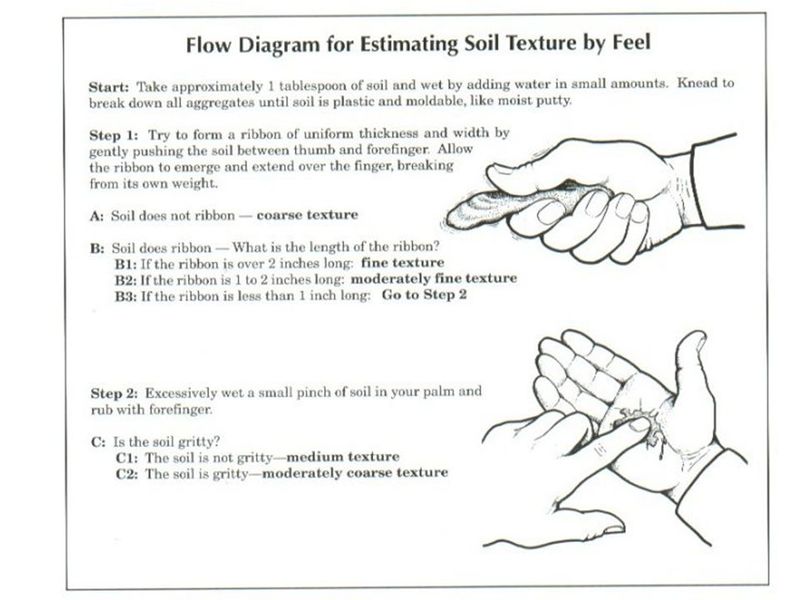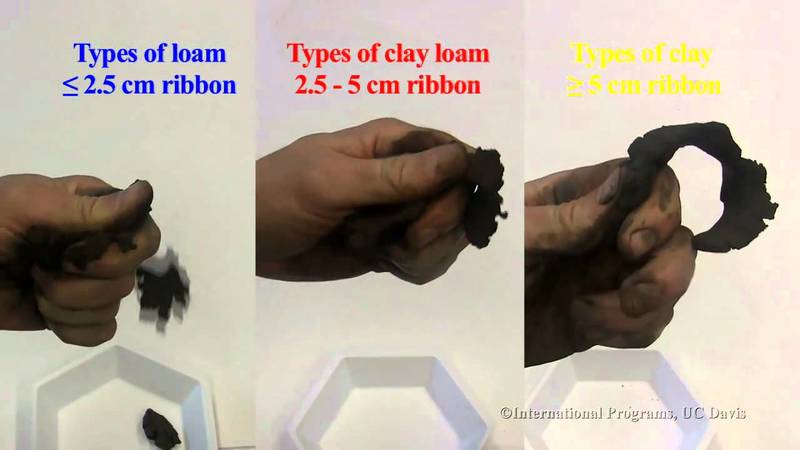What is Soil?
Soil is a mixture of minerals (sand, silt, and clay), air, water, organic matter (the remains of what was once alive), formed by the decomposition of rock and organic matter over many years. Its also a living ecosystem of all sort of living organisms, including worms, fungi, insects, and bacteria.
Healthy soil is made from the following: +Minerals (45%). +Organic Matter (5%). +Water (25%). +Air (25%).
The soil triangle is used in the USA to classify the texture of the soil based on the amount of sand, silt & clay.**
How to learn about soil texture: Research
Learning about your soil texture can be helpful if you want to grow plants or food on your site, and, if you have concerns about soil contamination or spills, knowing your soil texture can be a part of understanding how the chemicals may be acting on your site.
You can learn more about background soils where you live and possibly even your exact location via the USDA Soil Survey: https://websoilsurvey.sc.egov.usda.gov/App/HomePage.htm It can tell you your soil type (loam, sand, clay), pH, some physical and chemical characteristics and even management advice.
If you want to grow food crops on your site, and want to test the pH, soil texture and/or nutrients of your soil, your local agricultural extension office can typically offer those types of testing. http://npic.orst.edu/mlr.html Through this page, you can see extension services near you, and even Master Gardener groups, local EPA offices, and other resources that may help you in your quest to learn more about your soil!
Find more info on soil health and how to measure it via the USDA's Soil Assessment webpage: Soil health assessment.
How to learn about your soil texture: DIY Tests
The Settlement Test:
This is used to work out the ratio of sand: silt: clay.
All you need is a soil sample, a jar and some water.
1.Take the jar and measure the volume.
2.Fill the jar about 2/3 full with water.
3.Take your soil sample & remove any big clumps of matter (e.g.sticks & stones).
4.Fill the jar with soil until it reaches the rim.
5.Put on the lid and then vigorously shake the jar until all the soil particles are mixed into the water.
6.Leave the jar for a few hours until the sediments have settled to the bottom of the jar.
There should now be three distinct layers at the bottom of the jar + the water left on top. These layers should be, from the top down, clay, silt & sand.
All you then have to do is to mark a line on the jar at the edge of each layer & do the math using the soil triangle above to work out the texture of your soil sample.**






4 Comments
wow! Great material :)
Reply to this comment...
Log in to comment
I've been doing archaeology for 6+ years now and have yet to find such a complete resource on soil types / components and how to identify them. I'll be sending this over to all my professors to use in their classes! Thank you so much Danielle!!!
Reply to this comment...
Log in to comment
Here's another flowchart for examining soil texture, in English and Spanish: Estimating Soil Texture by Hand, Estimando la Texture del Suelo. From Washington State University.
@imvec check this resource out! Do you have any recommendations for others that you might use and/or be familiar with?
Is this a question? Click here to post it to the Questions page.
Reply to this comment...
Log in to comment
Login to comment.